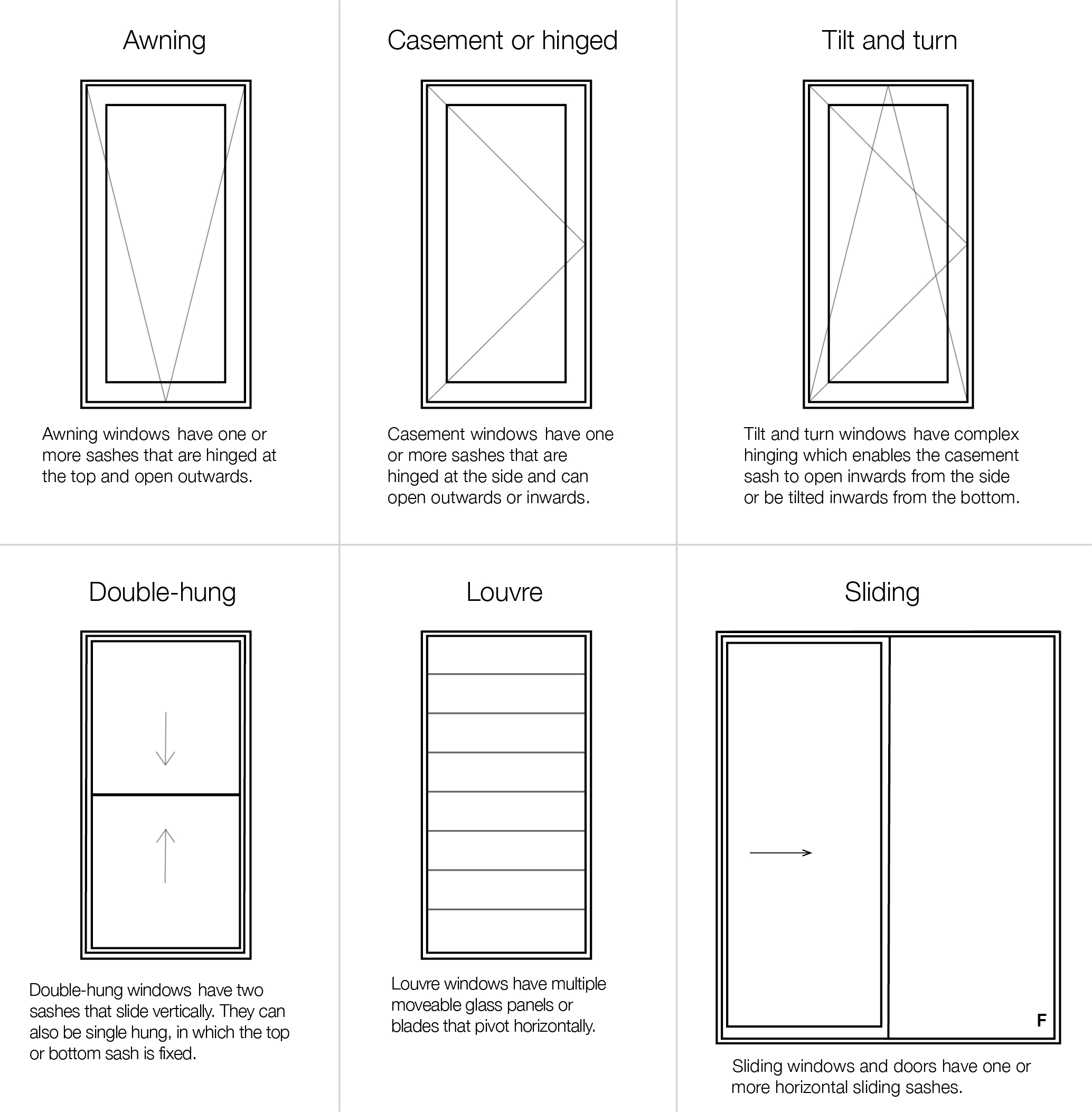All Categories
Featured
Table of Contents
How To Retrofit Your Windows With Double Glazing, And Keep ... in Mahogany Creek WA
Laminated glass is often used in areas in the home most susceptible to injury from human effect such as restrooms, doors, around staircases and in locations near the flooring (it meets the requirements of 'shatterproof glass' that is mandated for use in these areas by Australian Basic AS 1288 Glass in buildings).
Toughened glass has been 'tempered' by being reheated and quickly cooled again. This process makes it much stronger than standard glass it can resist higher impact loads before breaking. It also makes it safer because, when it does shatter, it burglarizes numerous little cubic pieces instead of harmful shards.
Double Glazing Versus Secondary Glazing in Two Rocks Western Australia
Toughened glass has no thermal or acoustic benefits over other glass of the same toning or thickness. Secondary glazing is where single-glazed windows are retrofitted with a transparent acrylic or glass sheet attached to the within the frame or openable sash with a secondary frame or with magnetic strips.


Secondary glazing will not carry out too thermally as a manufactured IGU, considering that it is difficult to completely seal the border, however it can provide excellent sound control. Window films are a thin polymer film containing an absorbing color or reflective metal layer, with an adhesive support. They adhere to your glazing to alter its colour or make it reflective.
Double Glazed Windows Melbourne - Upvc - German ... in Bull Creek Perth
Applied to existing glass, some window movies can halve the general SHGC of the window by taking in and/or showing solar radiation. This can be especially beneficial in hotter environments where cooling is the main issue, or on east and west elevations directly exposed to long durations of sunlight. However, window films may likewise lower visible light transmittance.

For this factor, it is generally best to use a recognized installer of window movie. Frames have a substantial impact on the thermal performance of windows and doors, due to the fact that energy can be acquired and lost through the frame, as well as through the glass. Different kinds of frame will enable various levels of heat gain and loss, so mindful choice of frame is very important for efficient passive design.
5 Benefits Of Double Glazing Windows in Yangebup Western Australia
Nevertheless, aluminium is likewise an excellent conductor of heat and will decrease the insulating value of a glazing system, unless specifically crafted to lower this. A 'thermally broken' frame is comprised of 2 aluminium areas connected by a structural insulator (typically a low-conductivity structural polymer). This 'breaks' the thermal connection through the aluminium and decreases the heat streaming through the frame.
Timber frames are a good natural insulator that can match some home styles. Lumber frames must be made from species that have naturally high sturdiness or be dealt with to avoid decay and deformation.
Double Glazing - Albury - Twin Cities Glass in Atwell WA
Nevertheless, this can lead to gaps that permit air seepage unless great draught sealing (weather condition removing) is set up. u, PVC is a type of plastic (unplasticised polyvinyl chloride, likewise referred to as stiff PVC). u, PVC frames offer excellent thermal performance, often much better than wood or thermally damaged aluminium. u, PVC is long lasting and needs extremely little upkeep, and can be moulded into complicated profiles that provide excellent air seals.
u, PVC doors and windows have excellent thermal efficiency Photo: Ben Wrigley (Light Home Architecture and Science) Composite frames utilize aluminium profiles on the external areas with either a lumber or u, PVC inner area. These combine the low upkeep and sturdiness of aluminium with much improved thermal performance.
Latest Posts
Faq in Bedfordale Perth
What Are Double Glazed Windows? - Build in Duncraig Western Australia
Single Glazed Vs Double Glazed Windows - Ultimate Guide in Kensington Perth